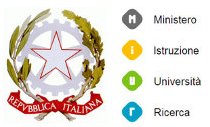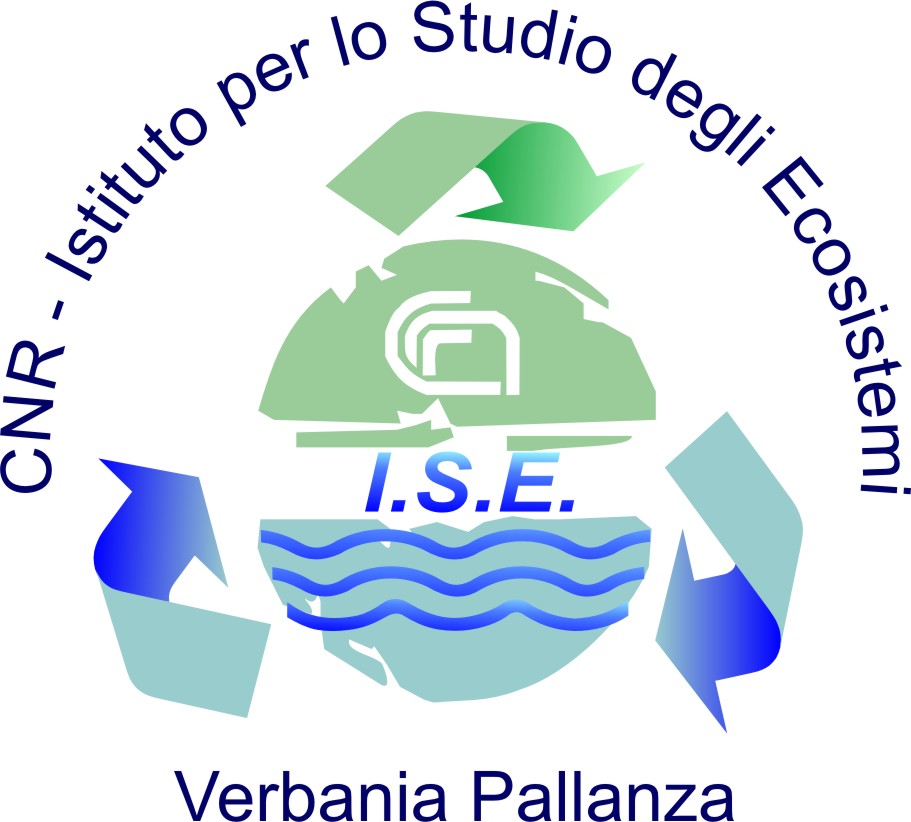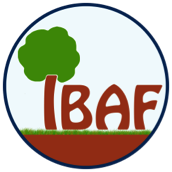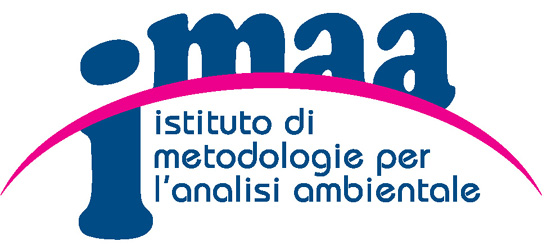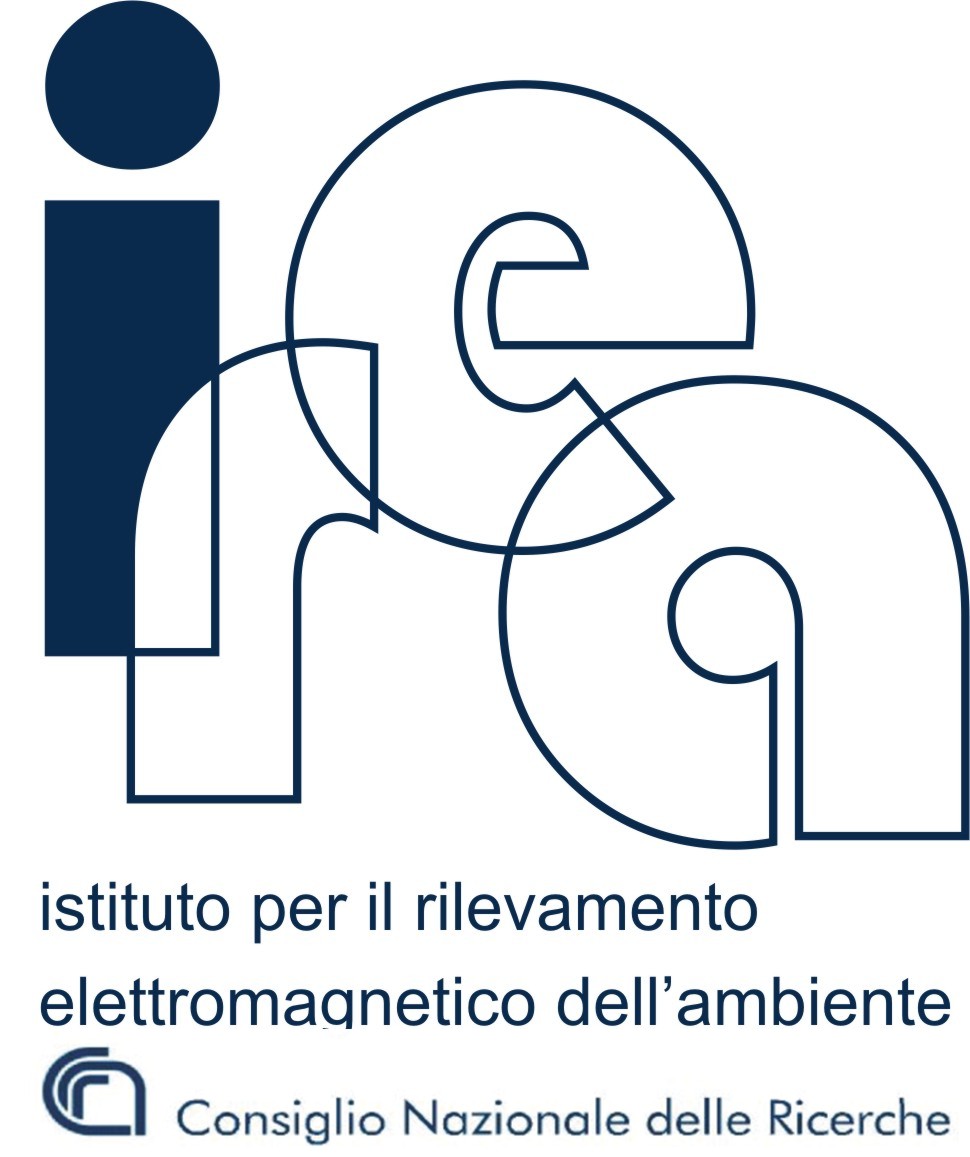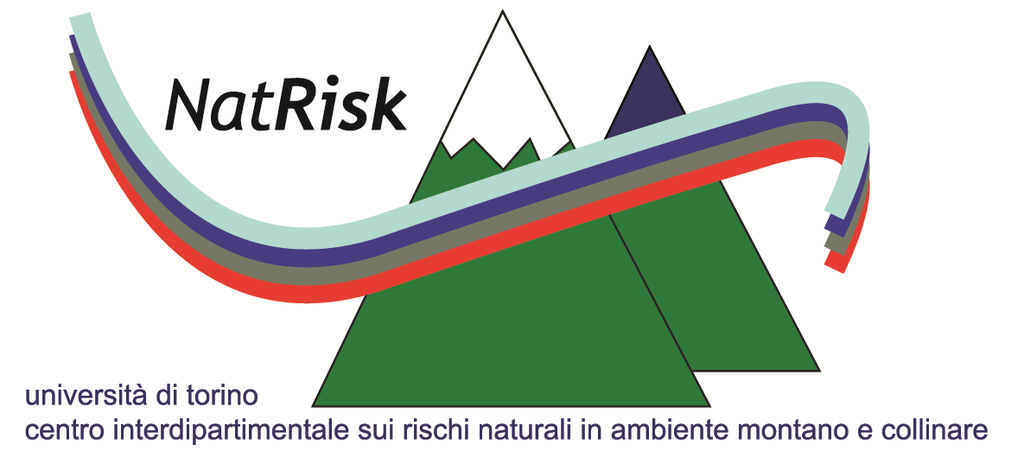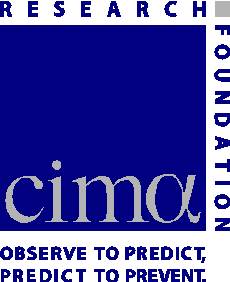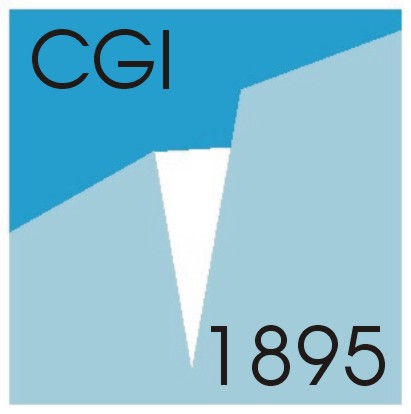Tu sei qui
Precipitation in the Hindu-Kush Karakoram Himalaya: observations and future scenarios
| Titolo | Precipitation in the Hindu-Kush Karakoram Himalaya: observations and future scenarios |
| Publication Type | Journal Article |
| Year of Publication | 2013 |
| Authors | Palazzi E, von Hardenberg J, Provenzale A |
| Journal | Journal of Geophysical Research - Atmospheres |
| Volume | 118(1) |
| Pagination | 85-100 |
| Parole chiave | EC-Earth, Himalaya, hydrological cycle, precipitation |
| Astratto | We study the properties of precipitation in the Hindu-Kush Karakoram Himalaya (HKKH) region using currently available data sets. We consider satellite rainfall estimates (Tropical Rainfall Measuring Mission), reanalyses (ERA-Interim), gridded in situ rain gauge data (Asian Precipitation Highly Resolved Observational Data Integration Towards Evaluation of Water Resources, Climate Research Unit, and Global Precipitation Climatology Centre), and a merged satellite and rain gauge climatology (Global Precipitation Climatology Project). The data are compared with simulation results from the global climate model EC-Earth. All data sets, despite having different resolutions, coherently reproduce the mean annual cycle of precipitation in the western and eastern stretches of the HKKH. While for the Himalaya only a strong summer precipitation signal is present, associated with the monsoon, the data indicate that the Hindu-Kush Karakoram, which is exposed to midlatitude “western weather patterns”, receives water inputs in winter. Time series of seasonal precipitation confirm that the various data sets provide a consistent measurement of interannual variability for the HKKH. The longest observational data sets indicate a statistically significant decreasing trend in Himalaya during summer. None of the data sets gives statistically significant precipitation trends in Hindu-Kush Karakoram during winter. Precipitation data from EC-Earth are in good agreement with the climatology of the observations (rainfall distribution and seasonality). The evolution of precipitation under two different future scenarios (RCP 4.5 and RCP 8.5) reveals an increasing trend over the Himalaya during summer, associated with an increase in wet extremes and daily intensity and a decrease in the number of rainy days. Unlike the observations, the model shows an increasing precipitation trend also in the period 1950–2009, possibly as a result of the poor representation of aerosols in this type of GCMs. |
| URL | http://onlinelibrary.wiley.com/doi/10.1029/2012JD018697/abstract |
| DOI | 10.1007/s00382-014-2341-z |

